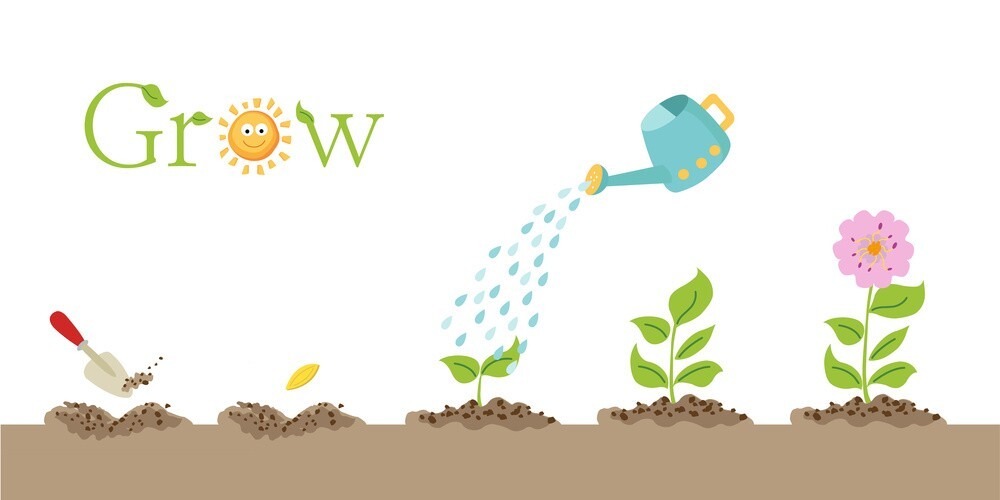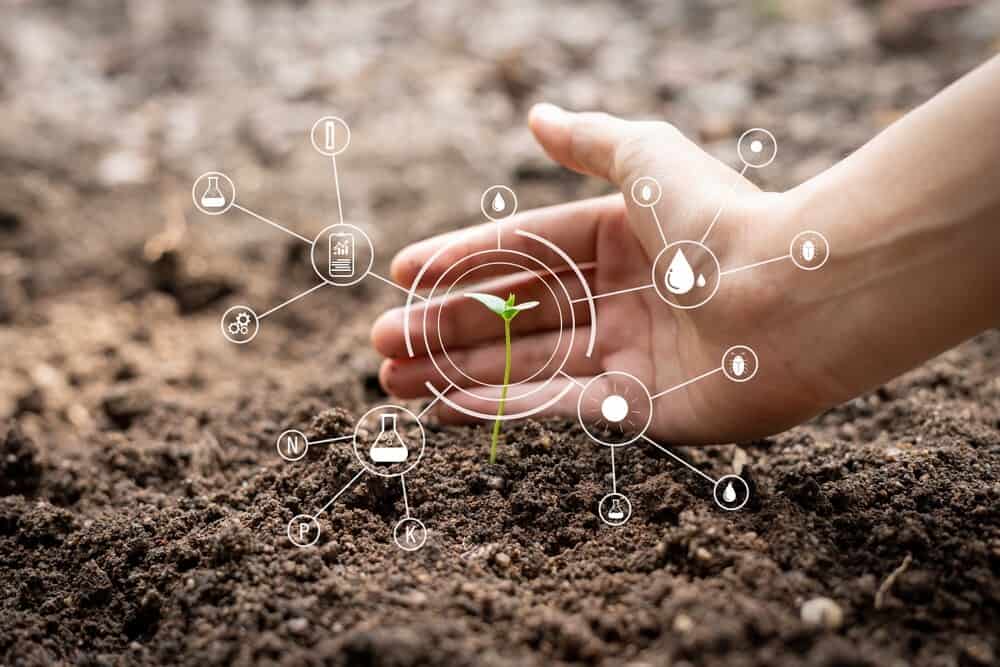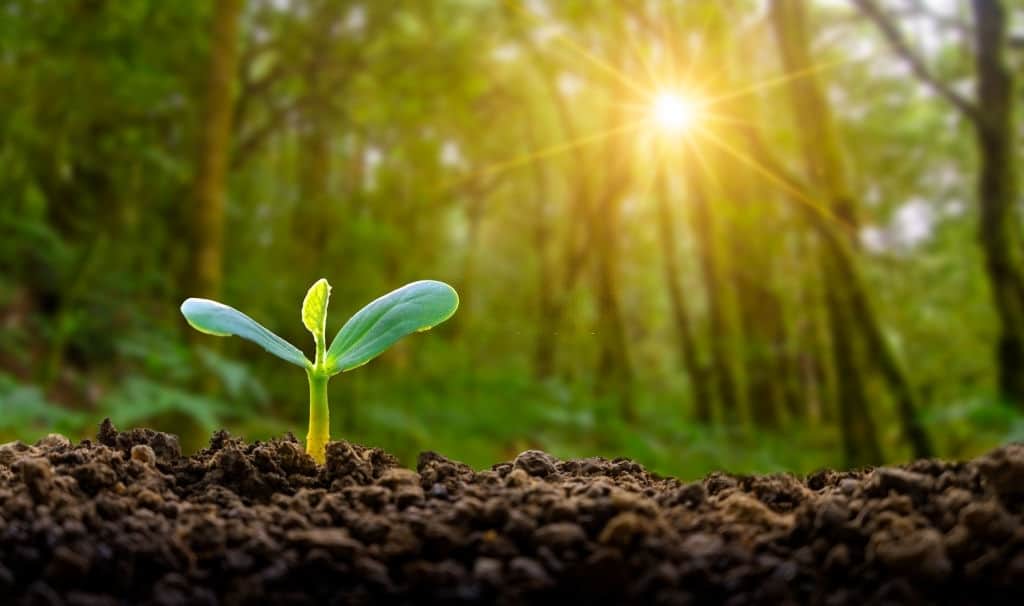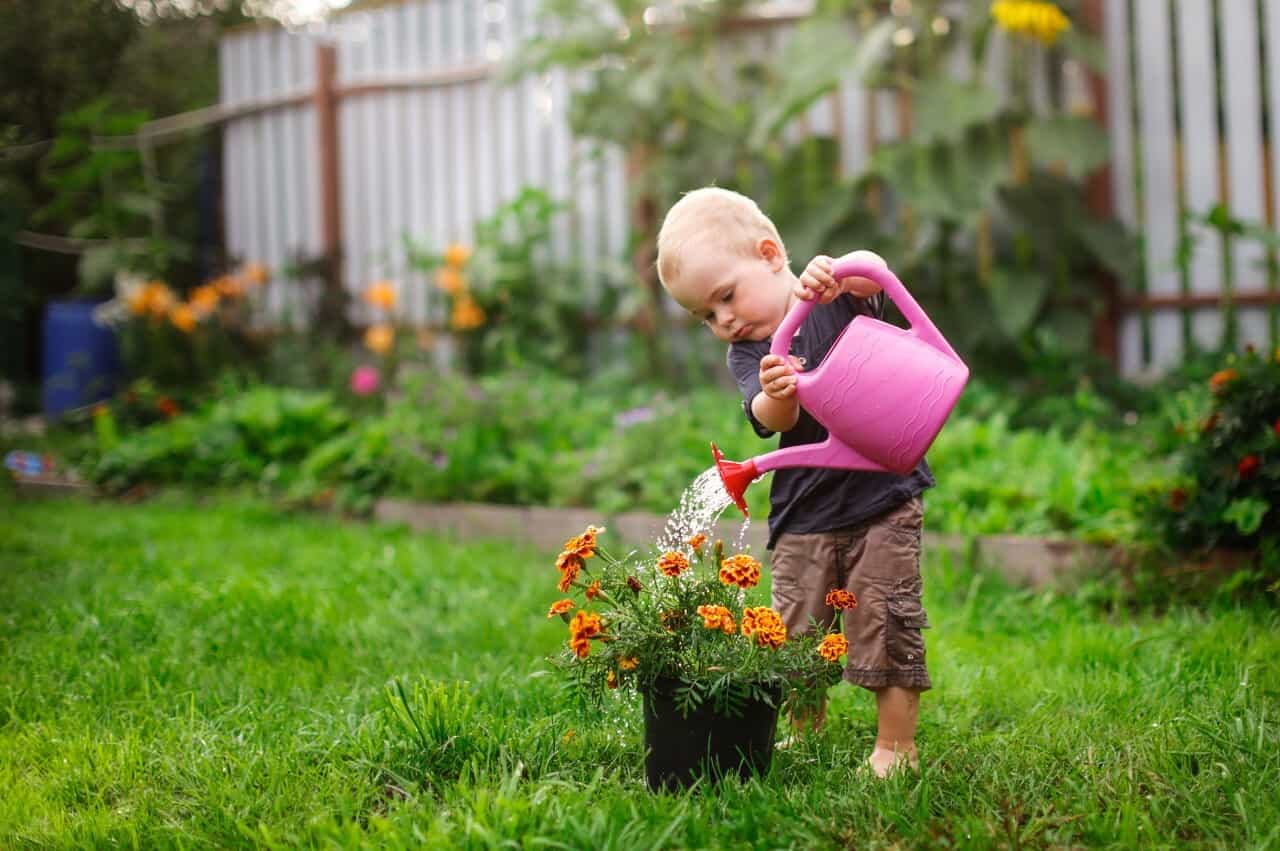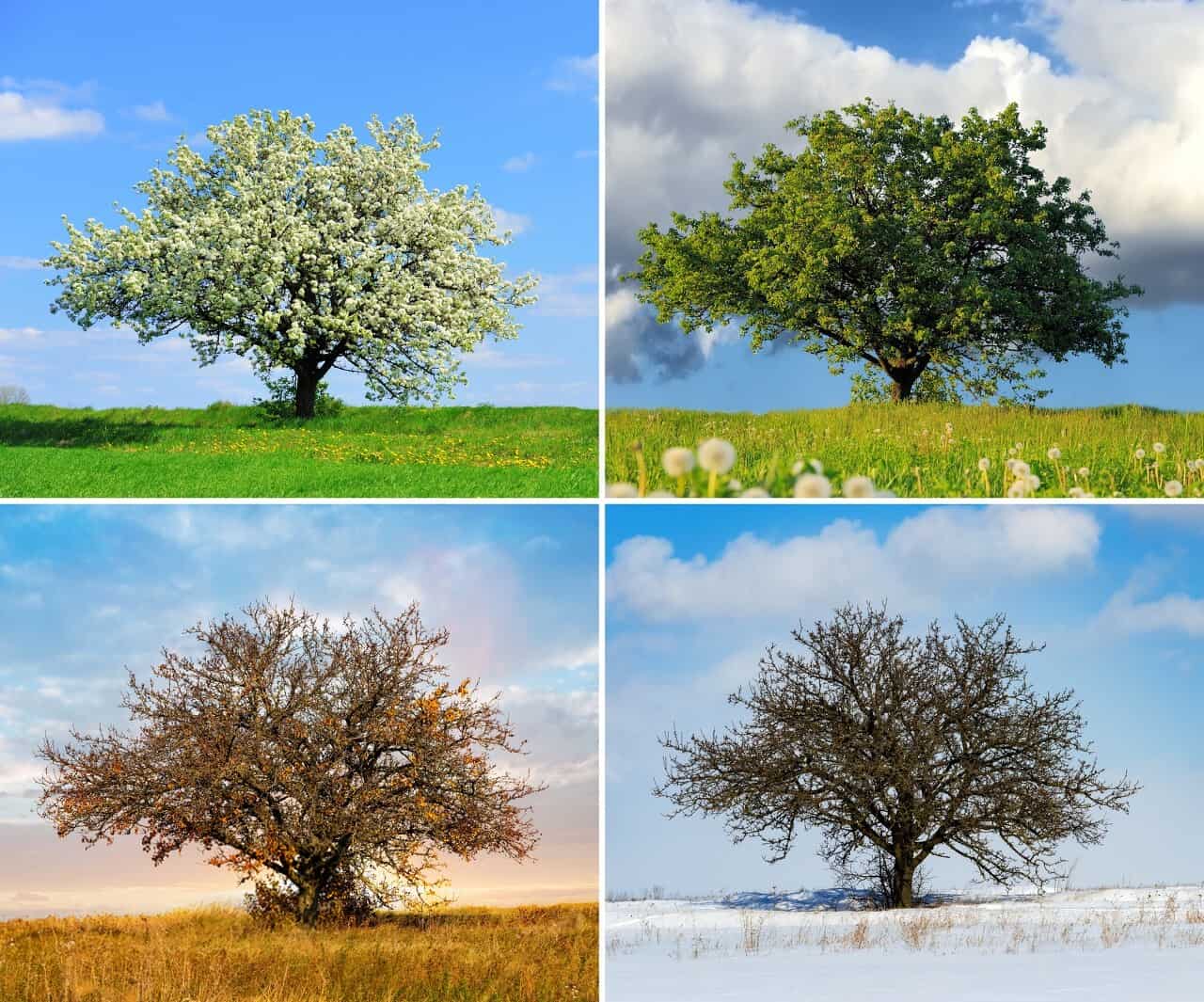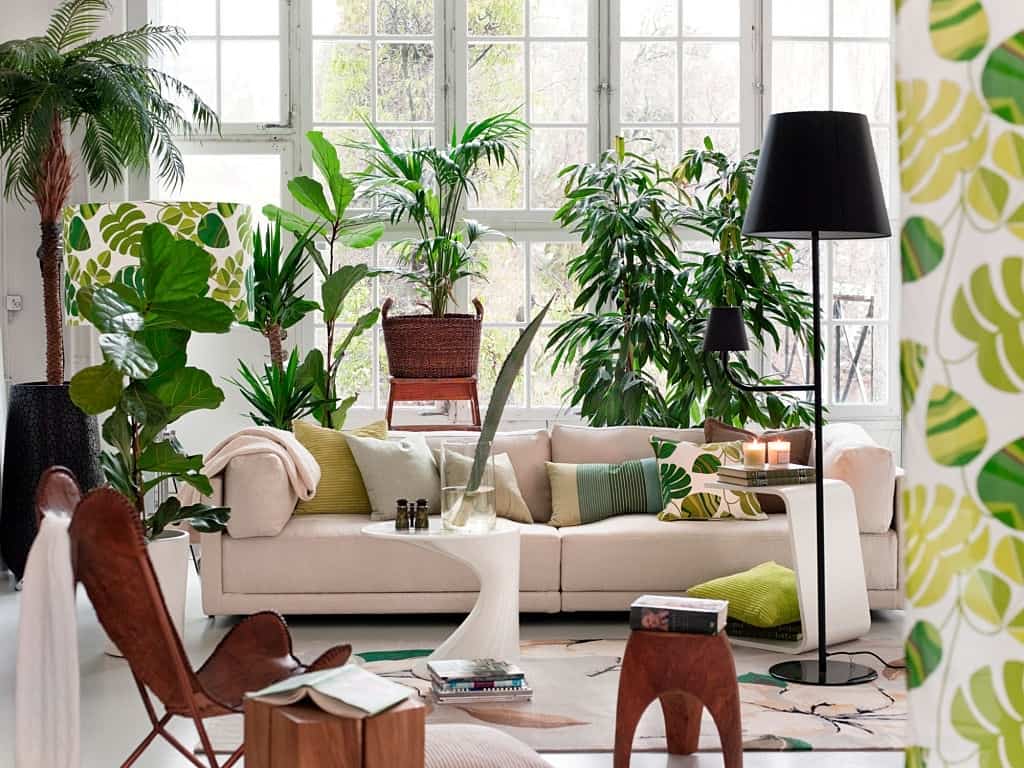What do plants need to grow?
From Forests to gardens, plants are everywhere around us. There are thousands of different plants that exist all around the world. Each plant has its specific natural habitat and conditions. Some prefer cold or low temperatures, while some grow faster in warm surroundings. Some of them may require regular, diligent, and heavy watering when it comes to watering, while some barely require it. Other factors like sunlight, moisture, and air quality also play an important role. Suppose any of these elements are not available or not given as per requirement. In that case, the plant’s growth will defiantly be affected.
So we know, most of all, plants can survive and thrive in their natural environment. They do not need any special care there. But when we grow plants in our garden or house (indoors), many questions arise in our minds. Like how do plants grow? What makes plants grow?
Or, most importantly, “What do plants need to grow?” So the answer is there are many things that plants need to grow. We study for you and find 10 things that any plant needs to grow for a more specific answer. Although they are available abundant around us, sometimes also provided artificially.
1. Important of plants
Before starting, we should know the importance and benefit of plants in our life and environment. They provide everything we need to live a healthy life. Because of these plants, our planet is known as the Green planet.
Some of the important roles of plants are:
- Provide Oxygen: It is the most precious factor provided by plants. Without it, there will be no life on earth. We get fresh oxygen to breathe.
- Improve air quality: They also improve air quality by reducing the pollution level on the earth by taking in carbon dioxide and harmful elements.
- Food: They are the primary source of our food for all organisms on the earth, directly or indirectly. The plants produce all types of fruits, vegetables, and spices.
- Medicines: Many plants are used to cure many diseases. The medicines and herbs made from plants are our primary sources to cure.
- Decoration: They are also part of decoration like indoor plants.
- Furniture: They are also a source of furniture and shelter as they provide wood. Woods of plants are very useful and used for various purposes.
- Health: It is proven that plants always improve our physical and mental health.
2. 10 most important things that plants need to grow (Plant Growth Conditions)
1. Sunlight/light
The source of life on earth is sunlight. It provides light to plants, so they make their energy source glucose and also release oxygen. This whole process or chemical reaction is known as photosynthesis. This reaction takes place in leaf cells. These leaf cells contain an important substance called the chloroplast. Each of these chloroplasts contains a green pigment known as chlorophyll. Because of this, plants look greenish. So for photosynthesis, important substances are chlorophyll, light, CO2, and water.
The amount of light plays an important role in growth. It may vary from plant to plant. For example, some vegetable and indoor plants require very bright sunlight, and coffee plants like diffused light, while cardamom and some orchids like a dimmer light or shady environment. If a plant gets less amount of light, its growth will be slow. But excessive light can cause the plant to dry out. For indoor plants amount of light can be controlled by its distance from the window and balcony.
If you notice, we have mentioned light many times instead of sunlight. Because there are some methods like hydroponics and greenhouse that also use Artificial light. It can achieve by using Incandescent lamps, high-pressure sodium lamps, led lamps, etc., as per need. It is not the best substitute for sunlight. But when it comes to the shady area or cloudy weather, we have no other choice. With Artificial light, we can better control the intensity and time of light as per our requirements. But it also increases our budget.
2. Water
Water is an essential element for a plant. Other elements like sunlight, soil, etc. have a substitute, but it is none when comes to water. In simple words, there is no life without water. Some rare plants, (water grow plants) known as succulents like Aloe Vera, Jade plants, etc., need very little water to survive. In plants, water absorbs by the roots, and travels through stems to the chloroplasts in the leaves.
Plants use water in the following way:
- In photosynthesis, plants use light to break water molecules and use their electrons for chemical reactions; as a result, they form glucose and oxygen.
- Water pressure or turgor keeps stomata open; stomata are passages by which CO2 enters the plant. It helps plants to stay upright. If there is no pressure, the plant will be floppy and closed.
- Water also plays a role in the transportation of nutrients and hormones from cell to cell.
- It also dilutes the waste, which also helps with turgor. You cannot ignore the quantity and quality of water. The quantity and frequency of water depend on the size and type of plant and weather conditions. Low watering can cause a plant to wilt. Heavy watering can cause roots to rot. So it is the best way to understand a plant’s need for watering is the condition of the soil. It is good to water when the soil is slightly dry. To prevent the overwatering condition, we should use containers with drainage holes.
Water quality can affect the growth of a plant. When water contains excessive alkalinity or salt content, it can cause nutrient imbalance. So salt levels in water should not be greater than 320 parts per million. A harmful amount of sodium is carried by softened water. This problem can remove by mixing the nutrient solutions to neutralize the salts in the water.
3. Air
Plants use air for two important functions- To make food and breath. Air contains gases like nitrogen (78%), oxygen (21%), carbon dioxide (0.03%), and other rare gases. In, photosynthesis plants chemically combine carbon dioxide and water to produce glucose and oxygen.
Plants also absorb oxygen gas from the air to breathe. Like other living organisms and animals, plants need oxygen to respire. Supply of oxygen to root affected by soil decay and over-water. Air Circulation also plays vital role life of life. Good quality of air is also required for the growth of a plant. Air pollution is very harmful to them.
4. Soil
“A seed cannot grow in stone”. It needs fertile soil. Plants need soil for two purposes – to carry water and micronutrients and to give support to roots (to stand still). Many minerals are needed in very little quantity. To create amino acids and protein, one important ingredient required is nitrogen. Although it is abundant (78%) in the air, the plant cannot take it directly. For that, many plants have nodules on their roots. A nodule is home to some bacteria, and these bacteria can convert atmospheric nitrogen into nitrates. Now, a plant can absorb these nitrates to make amino acids and then protein. (plants need soil nutrients)
In the natural habitat, all kinds of plants are growing with each other. Many of them have nitrogen-fixing bacteria, and others do not. They fulfill the requirement of each other and also maintain the fertility of the soil for a long time. Monoculture farming methods are harmful to the soil. That’s why scientist suggests a crop rotation scheme to maintain the nutrition level of soil and get the maximum yield.
5. Nutrition
Nutrients work as catalysts in a chemical reaction and help plants grow faster (Especially better fruit, flower, or vegetable plants). The most popular nutrients that plants need are nitrogen (N), phosphorus (P), and potassium (K), collectively known as macronutrients, and small amounts of calcium (Ca), magnesium (Mg), and sulfur (S) are secondary nutrients. Micronutrients like iron, manganese, copper, zinc, molybdenum, and silicone are required in extremely small quantities.
The function of these nutrients:
- Nitrogen – Helps in making green leaves and grow faster
- Phosphorus – Strengthens their roots and helps grow bigger flowers
- Potassium – Essential for fighting off diseases and provides strong stems
They dissolved in water and got absorbed by a plant’s roots. The primary source of nutrients for a plant is the soil. But sometimes due to some reasons like soil loses them and production of the crop will be lesser. So now fertilizers play an active role and help plants to provide all the essential nutrients.
Fertilizers are generally made at home like manure or compost from organic waste material. Some artificial and chemical fertilizers are available in the market, but they are harmful to humans and animals. We should not use it as the sole source of nutrition. There are always some consequences of deficiency or excess fertilizer. They should only use as ‘dietary supplements. So before use, we should study the correct use of them.
6. Correct temperature
Temperature is an important factor that affects the life of the plant. If the temperature is too high or too low will cause abnormal growth and reduce the yield of plants. Before growing a plant, you should know the correct temperature range for it. Warm-season vegetables and most flowers grow best between 60° to 80° F. Cool-season vegetables should be grown between 50° to 70° F. Correct temperature range is also decided by its natural habitat. The placement of an indoor plant in our house decides the temperature for our plant. Near the window, due to bright sunlight, is naturally a warmer place. Other darker location is preferred for cool or low temperature.
7. Moisture and Humidity
The main difference between Moisture and Humidity is that moisture is water in a liquid state, and humidity is water in a gas state (vapor). The dry air & water vapor together are called moist air. When air reaches saturation state and cannot take more vapor, it condenses as drops in the air to make moisture.
Both conditions affect the stomata and leaves of a plant. Plants use stomata for breathing and cooling. To reduce water losses in warm weather, a plant may close its stomata. If the stomata close for too long to save water, it has no way of properly breathing. It can cause the plant to suffocate. So here, proper watering plays an important role.
Most indoor plants adapted their parts and structures to survive in drier conditions. Many of these plants are known as succulents like cactus, ZZ plant, Jade plant, and Aloe. They developed thick waxy leaves with fewer stomata to store water and reduce water loss. Other plants like Ficus, Black Olive, Spathiphyllum, many Chamaedorea, Areca and Rhapis palms, Dieffenbachia, and ferns, are grown and preferred in environments with highly rich moisture conditions.
8. Seasonal cycles
If you try to grow lettuce or spinach in summer, they will give you very little production. It is because they are cold-season crops. So seasons mean the right time and decide factors like sunlight, water, moisture, and temperature. In summer, the days are long, so there are 10-12 hours of sunlight. In the rain, there is nothing but moisture and humidity, and very low sunlight. It is the best time for the plantation of seeds. In winter, only 8-9 hours of sunlight is available, and also the temperature is also low.
9. Space
Sometimes even after correct sunlight, watering, and fertilizer, our production is very low. Do you know why? A correct space between plants is ignored. Everyone needs it. Every portion of the plant needs space; otherwise, there will be a completion to survive. The roots of the plant need to spread out and absorb the correct amount of water and nutrition. Leaves need to get light energy. Without them, plants will grow abnormally, like too thin or short.
So Adequate spacing between plants will ensure getting all resources properly. Every plant has its space criteria, so it is recommended to know before planting them. For example, Tomato plants need space of 4 square feet per plant.
10. External agents
It is time to know some fun facts. There would be no chocolate if there weren’t certain types of bats in the tropical jungle. Because they are responsible for the pollination of the cocoa plants. There was a time in china they wipe out entire species of the sparrow to save their crops. But as consequence, they lost their remaining yield because sparrows eat insects that are harmful to crops. Most flower plants depend on insects like a butterfly and bees for pollination.
So there are certain insects or animals, or winds, or External agents, plants need their pollination to boost their reproduction cycles. also called the pollinating agent. Controlled by nature. They developed or adapted during the process of evolution. So next when see them consider them as friends no problem.
3. Conclusion
Finally, you know everything about what plants need to grow. Before growing a plant, you must go through its need. According to my opinion, care and patience should be on the list. Plants do not grow overnight. It takes time and patience to grow. You have to be careful and responsible for their healthy life. Plants provide us with plenty of things. In return, they need little effort.
